Diarrhea is also a symptom that occurs in many diseases. It may therefore be associated with an acute or chronic pathological condition. If it persists for a longer period of time, for example, several days, it can deprive the body of water and minerals necessary for survival.
Most often, diarrhea indicates gastrointestinal infections. Various organisms, mainly bacteria, cause this illness and spread through contaminated food, unsafe water, or poor hygiene.
Types
There are different types of diarrhea. People usually describe it as either acute or chronic, based on how long it lasts. It also progresses differently in infants than in adults. In addition, its symptoms and severity vary depending on the cause that triggered it. Learn about all types of diarrhea.
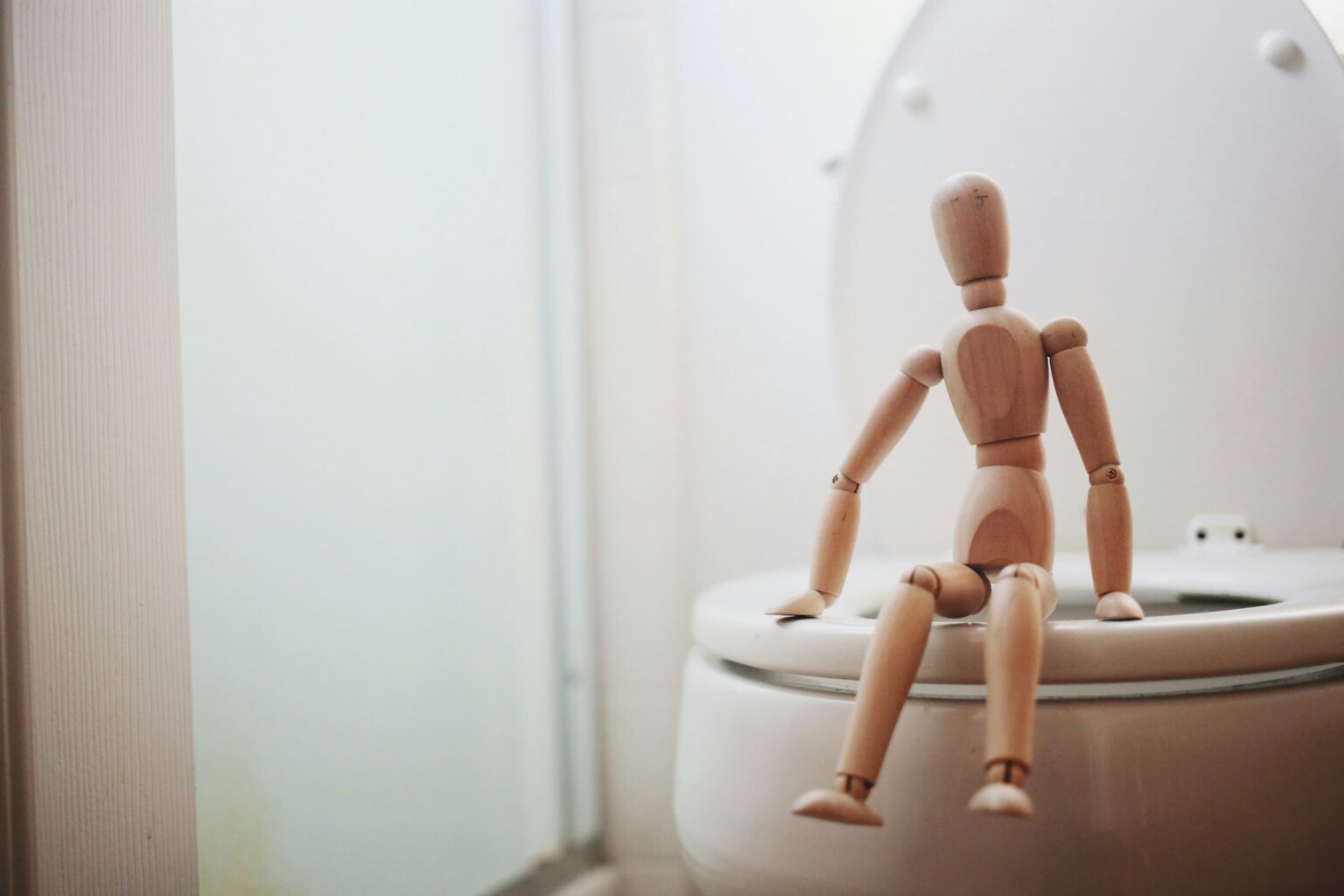
Acute Diarrhea
The sudden onset of symptoms characterizes acute diarrhea. This course is usually associated with the consumption of stale food contaminated with pathogens. In order to protect itself from harmful microorganisms, the body tries to expel them as quickly as possible through diarrhea. This type of diarrhea can therefore be more intense and violent, but it also subsides more quickly.
Rotaviruses and Escherichia coli bacteria usually cause the condition. In addition, food allergies or adverse drug reactions can also cause sudden diarrhea.
Chronic Diarrhea
The chronic form occurs when loose stools persist for at least four weeks. Such diarrhea is usually milder, but can be associated with complications such as dehydration and nutrient deprivation. Therefore, if diarrhea persists for a long time, it is necessary to consult a doctor. The symptoms may also indicate more serious conditions, such as inflammation of the digestive system. Radiotherapy can also contribute to the development of chronic diarrhea, as can alcohol abuse or complications following antibiotic therapy.
Infantile Diarrhea
The symptoms of diarrhea in adults differ from those in infants. In very young children, the process of defecation is different. Infants often pass stool several times a day, which is completely normal. Their stool may vary in color (yellow, brown, or green) and consistency, ranging from liquid to soft and thick, like paste, to more formed.
Therefore, in order to recognize diarrhea in an infant, you should notice a clear change in the appearance of the stool. It may become more watery than usual, often has a darker, greenish color, an unpleasant odor, and sometimes may contain mucus or traces of blood.
Osmotic Diarrhea
One type is osmotic diarrhea, which gets its name from the cause of the condition. The condition develops when the large intestine fails to absorb specific substances. Their accumulation increases the water content in the stool, leading to diarrhea.
Such substances are in various foods. These include fruits and vegetables such as plums and beans, as well as sweeteners found in sugar-free sweets and chewing gum (e.g., xylitol). Overeating these foods may lead to osmotic diarrhea.
Lactase deficiency can also contribute to the onset of symptoms. Lactase acts in the small intestine to convert lactose into glucose and galactose. When lactase is lacking, lactose is not digested, accumulates in the intestine, and causes osmotic diarrhea, known as lactose intolerance.
Changes in the gut microbiota, including bacterial overgrowth, invasion by foreign species, or antibiotic use, can also lead to osmotic diarrhea.

Inflammatory Diarrhea
Inflammation of the lining of the large intestine can also lead to diarrhea. In this case, the intestine releases proteins, blood, mucus, and other fluids, which cause the stool to increase in volume and fluid content. Inflammation in the intestines is usually associated with a medical condition, such as Crohn’s disease, cancer, tuberculosis, or ulcers.
Other Types of Diarrhea
The stool’s appearance also helps doctors decide what type of diarrhea a patient has. A yellow color usually indicates liver or gallbladder dysfunction, unless it occurs in infants. In that case, it is not a sign of anything serious. Sometimes stool also takes on a certain color as a result of strong natural or artificial dyes in food (e.g., after eating beets or green leafy vegetables).
Patients may also notice blood during bowel movements. This symptom is cause for concern and often indicates gastrointestinal bleeding associated with injury or disease. However, it is also possible that the blood is due to irritation of the rectal tissue or hemorrhoids.
Symptoms
Diarrhea manifests with varying symptoms depending on its severity and classification. Patients typically experience a higher number of bowel movements along with loose stool. However, diarrhea may also be accompanied by other symptoms such as painful abdominal cramps, bloating, nausea, and vomiting. What is more, in severe cases of diarrhea, fever, convulsions, and even loss of consciousness may also occur. Serious cases lead to dehydration, nutrient and electrolyte deficiencies, weight loss, and intestinal damage.
Diagnosis
To determine whether diarrhea is a symptom of a disease, several diagnostic steps must be taken. The process begins with a medical interview, during which the doctor asks about symptoms, the course of the ailment, and diseases occurring in the family. Following that, the clinician may conduct a physical evaluation, assessing the lymph nodes, palpating the abdomen, and examining the anal area. The next step is specialized tests to help determine the cause of the problem.

Laboratory Tests
Doctors most often order a stool test under a microscope. A culture helps determine whether bacteria or viruses caused the diarrhea. A blood test also provides valuable information about the patient’s health and possible causes of diarrhea. It allows to check for celiac disease or other abnormalities. A high white blood cell count may point to a bacterial or viral infection. On the other hand, elevated urea levels may indicate kidney problems.
To assess the effects of dehydration and electrolyte disturbances caused by diarrhea, it is also worth performing a blood gas analysis.
Endoscopic Examinations
Sometimes, in order to accurately determine the cause of diarrhea or suspected gastrointestinal disease, it is necessary to perform a colonoscopy or gastroscopy. These allow the doctor to view the inside of the intestines and stomach and assess any pathological changes.
Although these tests may be uncomfortable for the patient, they are indispensable in the diagnosis of many conditions, such as inflammatory bowel disease, cancer, ulcers, and celiac disease. During the examination, the doctor may also take tissue samples for histopathological analysis, which allows for accurate confirmation or exclusion of the disease.
Imaging Tests
Imaging tests can also help diagnose diarrhea. Doctors perform X-rays, abdominal ultrasounds, or magnetic resonance imaging (MRI) to assess the structure and functioning of organs. This allows them to detect any anatomical abnormalities that may be causing the symptoms.
Treatment
If diarrhea is a symptom of a disease, treatment should be directed at its cause. Special agents that slow down the motility of the digestive system are used to alleviate the symptoms of excessive bowel movements. A proper diet is also important. Specialists recommend eating foods with a lower fiber content during treatment. In the case of infections, it may be necessary to use antibacterial drugs. Some patients also benefit from treatment with probiotics.
Diarrhea can be a dangerous condition, sometimes even life-threatening. When diarrhea causes significant fluid loss, doctors instruct patients to replenish electrolytes and nutrients through appropriate fluids. Severe conditions require treatment in a hospital setting.

Prevention
Diarrhea is an unpleasant condition, so it is better to prevent it. Although it is often only a short-term problem, it can effectively weaken the body and impair daily functioning.
The key is to protect yourself against bacterial and viral infections. Keep your hands clean, especially before meals and after using the toilet. When traveling, avoid eating and drinking from unreliable sources. Also, remember to consume fresh, thoroughly washed, and well-cooked products, especially meat, fish, and eggs. Water is also essential. It is best to drink it from a reliable source or boil it.
Don’t forget about protective vaccinations. In infants, it is very important to vaccinate against rotavirus, which protects against severe diarrhea and dehydration. It’s a simple step that can protect your child from serious complications.
Sources
- Valerie Nemeth, Nicholas Pfleghaar (2022). Diarrhea. https://www.ncbi.nlm.nih.gov/books/NBK448082/
- Michel Drancourt (2016). Acute Diarrhea. https://pmc.ncbi.nlm.nih.gov/articles/PMC7148607/
- Garrett J. Descoteaux-Friday, Isha Shrimanker (2023). Chronic Diarrhea. https://www.ncbi.nlm.nih.gov/books/NBK544337/
- Jay R. Thiagarajah, Daniel S. Kamin, Sari Acra, Jeffrey D. Goldsmith, Joseph T. Roland, Wayne I. Lencer, Aleixo M. Muise, James R. Goldenring, Yaron Avitzur, Martín G. Martín. Advances in Evaluation of Chronic Diarrhea in Infants. https://pmc.ncbi.nlm.nih.gov/articles/PMC6044208/
Bilirubin Levels: What Are, High Bilirubin vs Low Bilirubin

Vitamin A: What Is, Roles, Deficiency, and Excess

Abscess Tooth: What Is, Causes, Diagnosis, and Treatment
Sarcoidosis: What Is, Symptoms, Diagnosis, and Treatment
HPV: What Is, Causes, Diagnosis, and Treatment
Squamous Cell Carcinoma: What Is, Symptoms, and Treatment
Costochondritis: What Is, Causes, Treatment, and Triggers
Baker’s Cyst: What Is, Symptoms, Complications, and Treatment

Alzheimer’s Disease: What Is, Causes, Symptoms, and Tests

Chromosome: What Is, Functions, Conditions, and How To Treat
Multiple Myeloma: What Is, Causes, Warning Signs, and Treatment

Biotin: What Is, Uses, Biotin Deficiency, and Dosing
Oral Thrush: What Is, Signs, Diagnosis, and Prognosis
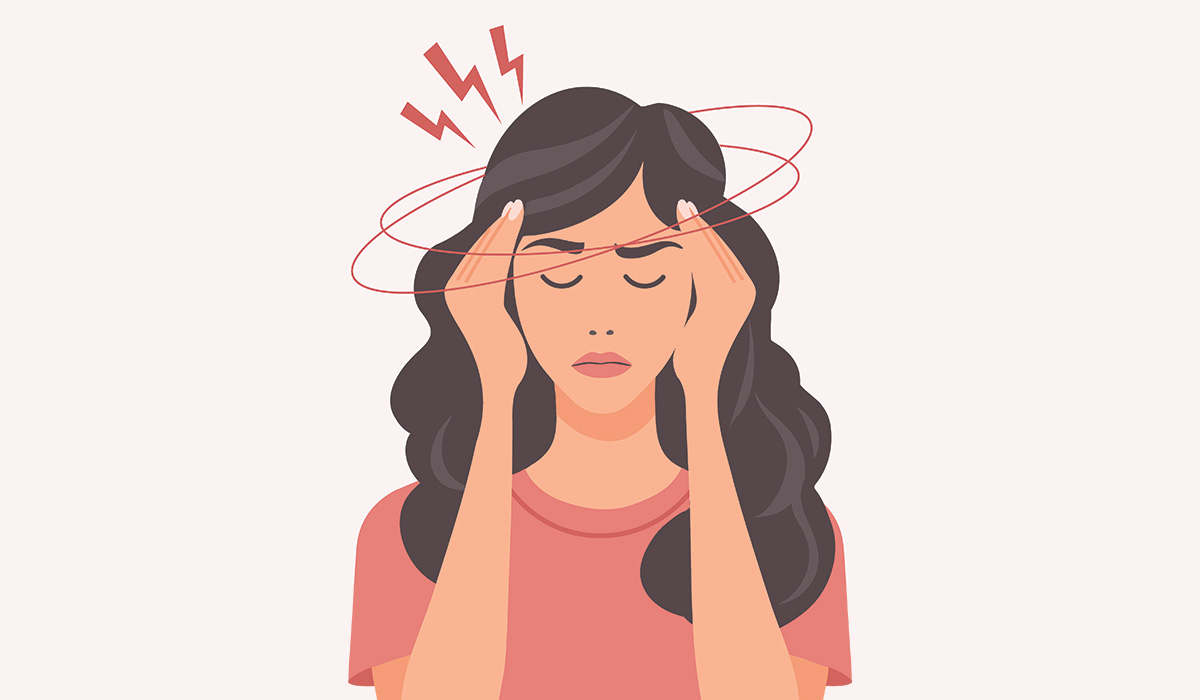
Ocular Migraine

ADHD
